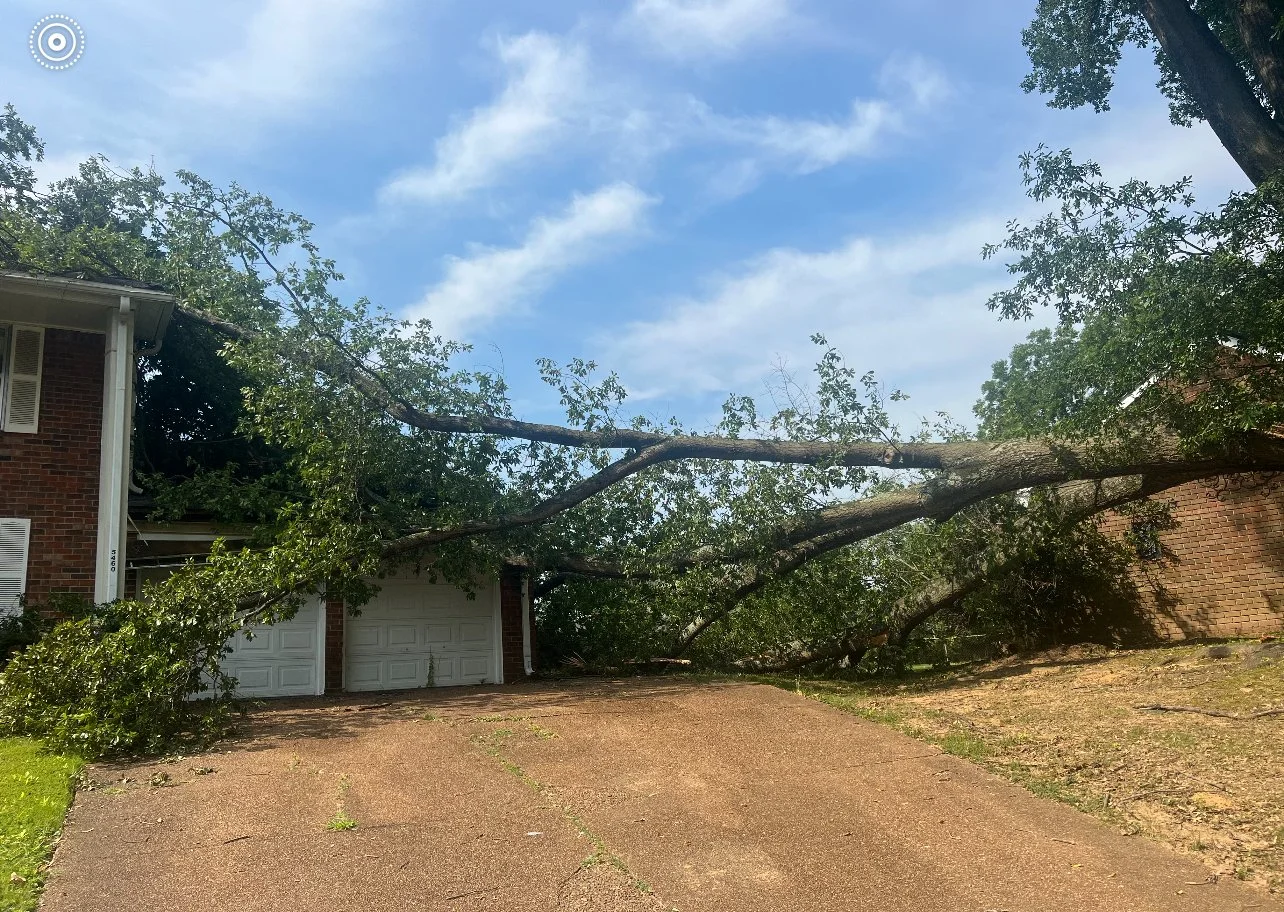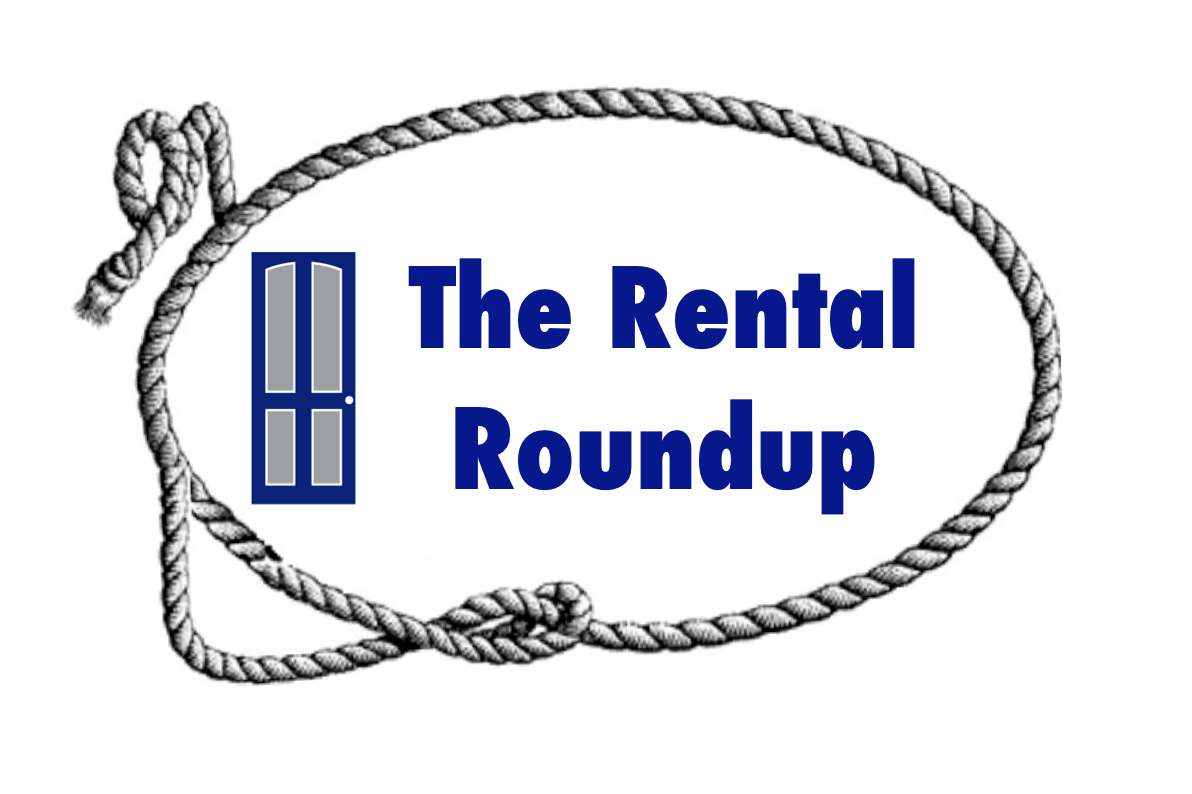Landlord insurance strategies, a rental market snapshot, and gambling vs. investing
Landlord Insurance: A Complete Guide
Greetings, investors!
You might recall that I wrote an article last year about the upheaval in the insurance marketplace: due to rising losses, providers were jacking up rates, canceling policies, and leaving some markets altogether.
But I’ve never published a piece focused specifically on the basics of rental property insurance (often called landlord insurance). And there are important considerations here, such as:
what types of insurance you need (and don’t need)
how much coverage you should have
how to find the right provider
and more
So I decided to remedy that and tackle these questions in a new long-form article all about insurance strategies for rental investors. This is a great overview for new investors, but probably also contains some valuable nuggets for experienced investors as well.
It also tells the story of the most recent time I needed my insurance — when THIS happened to my house last year:
Real Estate News & Data
Snapshot of the rental market
Rentometer’s newly-released 2025 Mid-Year Report offers a clear view of the single-family rental landscape across the U.S., highlighting key trends, opportunities, and risks.
Key highlights:
Modest Growth, Big Gaps: Median U.S. rent rose 1.7% YoY to $2,135—trailing inflation and wage growth
Regional Leaders: Midwest (+6.1%), Northeast (+4.6%), Pacific (+3.1%)
Vacancy Watch: National vacancy rate climbs to 6.3%, highest since 2016
Top Risers: Boston (+12.5%), Staten Island (+9.4%), Long Beach (+9.0%)
Biggest Declines: Fort Wayne (–6.4%), Dallas (–6.3%), Santa Ana (–5.0%)
Affordability Crunch: In San Francisco, renters need $200K+ income to meet the 30% rule
Definitely check out the full report, which has lots more detail and some great infographics. Comparing markets, it’s clear that the big pandemic-era winners (Florida, Austin, Phoenix, etc.) are now seeing rent declines, whereas older boom markets (Boston, NYC, Seattle) are seeing big rebounds. It’s hard not to think that more forceful return-to-office mandates have something to do with this reversal.
Meanwhile, the most affordable places to rent are still in the heartland — you can see quite a few of the best cash flow markets that I recommend on this graphic from the report:
The housing shortage is about rentals, too
One of the main features of our housing market is the undersupply of homes, which is somewhere between 1.5M and 7M housing units, depending on who is doing the analysis — but everyone agrees there is a big shortage. It started nearly two decades ago after the Great Recession when homebuilders became more cautious, and consolidated through mergers. The shortage exerts upward price pressure on homes, which is part of why housing has become so expensive.
What gets less attention is that the shortage has a similar impact on rentals. Moody’s just published a new report with details on this, and you can peruse estimates of rental undersupply by census tract on PolicyMap, which is pretty fascinating — here’s what the data shows on Memphis, where my investment portfolio is:
The Latest in My Portfolio
Speaking of my portfolio, I’ve updated my portfolio tracking figures through the end of June (with July to be updated soon). I’ve been able to make up some ground after a tough start to the year…
And now this!
This month’s Roundup is sponsored by Obie.
Obie is a leading online provider of landlord insurance to real estate investors. I’m a fan of Obie because they have the fastest policy quote and binding technology, reducing the need for tedious forms and extended wait times. Their online quote process is incredibly fast and seamless, and lets you tailor your insurance coverage to what you need.
Learn more about Obie here, or get an instant quote.
Well, That’s Interesting…
Gambling vs. investing
I am a diehard supporter of the “boring” kind of real estate investing: buy quality properties using conservative leverage, manage them professionally, and hold for the long term. If you do this, it’s nearly impossible to miss, and you’re extremely likely to achieve high ROI and build wealth over time.
Gen Z’s response, apparently, is “OK, boomer.”
The younger cohort seems much more interested in the short-term dopamine hit that comes with flashier bets. That’s true in real estate, where get-rich-quick promises from the likes of Section 8 Karim gain significant traction, and it’s also true outside of real estate, where young people much prefer meme stocks and crypto to index funds. Goldman Sachs recently said that speculative trading is at an all-time high, including trading in penny stocks, meme stocks, and unprofitable companies — and I don’t think Grandma and Grandpa are behind that.
In fact, the line between gambling and investing is blurrier than ever among twentysomethings. According to a piece published by an investor in DraftKings, a popular sports betting platform: “A recent Morgan Stanley survey found that 60% of bettors aged 21 to 34 have placed parlays, a rate nearly 30% higher than the overall population. Similarly, around 30% of US stock investors aged 18 to 24 have invested in meme stocks compared to 12% of investors ages 45-54.”
If you’re thinking “what the hell is a parlay”, chances are you’re not a man under 30. A quick primer: a parlay is a type of bet that combines multiple discrete outcomes that only pays out if you guess right on all of them. Therefore, the chances of success are low, but the potential upside is large.
Which is just the way the kids like it, apparently. Whether it’s real estate, sports betting, or stock investing, they don’t want to play the long game. They want to play the lottery.
Gambling vs. poker
I just returned from Las Vegas, where for a few weeks each summer I indulge my keen interest in the game of poker. I played numerous tournaments as part of the World Series of Poker (WSOP), and though it didn’t go great this year, it’s always a fun trip that I’m grateful to be able to take. (Thanks cash-flowing rental properties!)
Poker is the only game I truly like to play inside a casino, because it’s the only one that isn’t gambling. Sure, I’ll happily sit at a blackjack table, but just for fun and without any expectation of winning. Blackjack, just like all other table games and the slot machines, is gambling: you might win, but if you play long enough, you will lose. The house always wins, as they say.
In poker, though, it’s possible to win in the long run by playing better than most of your competition. It’s a puzzle to figure out and optimize, just like long-term investing. So while it might seem strange for a cautious long-term real estate investor to also be a poker player, my mindset and approach is actually pretty similar across the two ventures.
Blackjack and roulette, meanwhile, are like crypto and meme stocks, so I guess that’s where you’ll find more young people in the casino. It’s interesting to note that the best poker players in the world today seem to be much older on average than they were 15-20 years ago, when a wave of “young guns” dominated the game. Case in point: the winner of the WSOP Main Event this year, and $10M, was 44-year-old Michael Mizrachi.
More interesting stuff:
Vanguard published its annual report: How America Saves 2025. Among other insights, they report that the average wage deferral into retirement plans is 7.7%, an all-time high.
379,000 Americans became millionaires last year, riding the wave of increasing asset prices. There are now 24 million millionaires in the U.S. — more than China, France, the United Kingdom, Germany, Canada, Japan and Australia combined.
A surprisingly compelling argument from J.P. Hill for setting your phone to black and white.
About the Author
Hi, I’m Eric! I used cash-flowing rental properties to leave my corporate career at age 39. I started Rental Income Advisors in 2020 to help other people achieve their own goals through real estate investing.
My blog focuses on learning & education for new investors, and I make numerous tools & resources available for free, including my industry-leading Rental Property Analyzer.
I also now serve as a coach to dozens of private clients starting their own journeys investing in rental properties, and have helped my clients buy millions of dollars (and counting) in real estate. To chat with me about coaching, schedule a free initial consultation.
Free Rental Property Analyzer
You probably know that a well-designed rental property calculator is the most important tool a real estate investor has. It allows you to quickly calculate key metrics and understand your cash returns on a target property. You can also answer questions like:
How much do your cash-on-cash returns improve if you use a mortgage vs. paying in cash?
What will your average monthly cash flow be?
How will your returns change in future years?
Those questions can be easily answered with side-by-side comparisons in the RIA Property Analyzer. I guarantee this is the best free rental property calculator out there today, and many of my readers have told me the same. It’s both powerful and very simple and intuitive to use. Check it out!
































